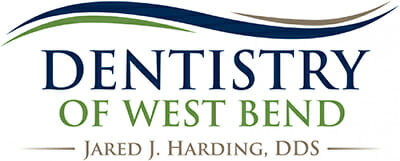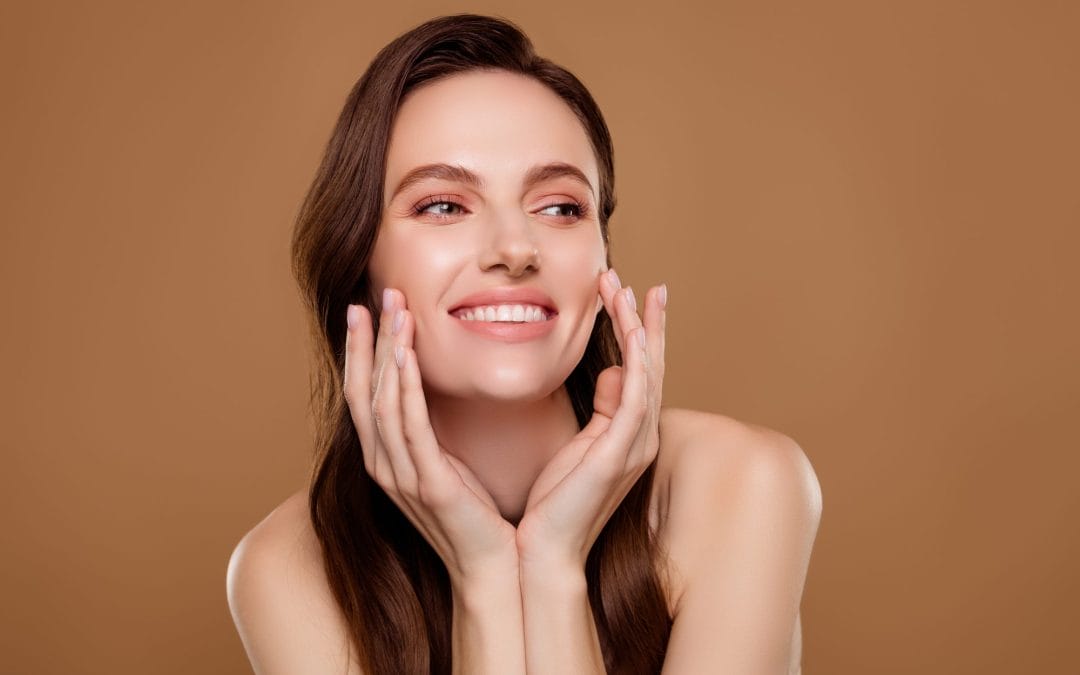Many people understand Botox as a means for reducing wrinkles. However, this procedure offers much more. It offers benefits in dentistry that provide both health and beauty solutions, helping you have a healthier and more confident smile.
How Botox Works: A Scientific Overview
Botox is a special type of neurotoxin made by the Clostridium botulinum bacteria. It works by interrupting how nerves send signals to muscles.
When Botox is injected into a muscle, it stops the release of acetylcholine, the chemical that tells muscles to contract. Depending on how much Botox is used, this block in nerve signaling can cause specific muscles to become weak or even relax.
Botox’s results do not last forever. Generally, they last a few months. The nerve endings recover as time passes, and the muscles start working normally again. This temporary effect makes Botox a popular choice for beauty and health treatments.
Botox in Dentistry: Beyond Wrinkle Reduction
Botox is often associated with beauty, but it can also be helpful in dentistry. It can relax muscles, which is great for treating dental and oral health issues.
Botox can ease jaw tension from TMJ disorders and lessen headaches from bruxism. It offers a gentle alternative to regular treatments, which helps improve oral health and makes you feel better overall.
Therapeutic Uses of Botox in Dental Care
Botox is often thought of for beauty treatments, but it is also important in dental care and can be beneficial for conditions like cervical dystonia. In dentistry, botulinum toxin injections can help with issues like temporomandibular joint disorders (TMD), teeth grinding, also called bruxism, and facial pain.
Botox relaxes specific muscles, helping reduce muscle spasms and pain related to dental problems. When trained professionals give these injections, they lead to safe and effective outcomes, improving dental health and patients’ lives. Using Botox in dental care shows that it has broader implications than just cosmetic means.
Enhancing Smile Aesthetics with Botox
Botox is becoming more popular for medical reasons and to improve the appearance of smiles. One way it helps is by making smiles more even. It does this by fixing muscle imbalances around the mouth. When Botox relaxes certain muscles, the smile looks more balanced and attractive.
Botox can also help reduce fine lines and wrinkles around the mouth and crow’s feet. These are often caused by actions like smiling and puckering. By relaxing the muscles, Botox can help smooth these lines, giving the mouth a younger look.
The muscles that elevate the upper lip can relax by strategically injecting Botox. This decreases gum exposure, resulting in a more harmonious and attractive smile. Additionally, combining Botox with treatments such as hyaluronic acid fillers often improves the overall outcome.
The Benefits of Botox for Oral Health
Botox has many benefits in dentistry that are more than cosmetic. It can help relieve pain and discomfort from TMJ disorders and bruxism, improving a person’s quality of life. Botox can also reduce headaches, help with better sleep, and protect teeth from further damage by easing jaw tension and stopping teeth grinding.
Relief from TMJ Disorders and Bruxism
One of Botox’s big advantages in dentistry is that it helps reduce jaw tension and pain from temporomandibular joint disorders (TMJ). Botox relaxes the muscles that cause jaw clenching and grinding, lowering the strain on the TMJ and nearby areas.
When jaw tension is reduced, Botox can reduce how often and how hard your jaw muscles spasm. This is a common sign of TMJ issues. Relaxing the muscles can also help stop migraines, especially for those experiencing frequent headache days, since TMJ disorders often come with tension headaches and migraines.
In addition, Botox helps protect teeth from damage by easing teeth grinding. This keeps teeth healthy and prevents further dental problems. All these effects of Botox lead to better oral health and overall well-being for people with TMJ disorders and bruxism.
The Botox Injection Process
The Botox injection starts with the dentist cleaning the injection site with an antiseptic solution. Then, they use a thin needle to carefully inject a specific amount of Botox into the muscles that need treatment.
The number of injections and where they are given depends on the treatment goals. For instance, if someone wants to fix excess gums, the dentist will inject different muscles than when helping with TMJ pain or reducing wrinkles.
After the injections, the dentist might apply ice to the treatment area to help reduce swelling or bruising. The whole process is usually quick and takes only a few minutes. Most patients say it feels like a small pinch and is not painful.
Post-Treatment Care and Follow-up
After getting Botox treatment, people can usually return to their normal activities immediately. Still, there are some aftercare tips to follow that can help improve results and reduce side effects.
Do not rub or massage the treated area for at least 24 hours. This helps prevent the Botox from moving to other muscles. For the first day or two after your treatment, avoid hard exercise, too much sun, and alcohol.
You may need to schedule a follow-up appointment a few weeks later to assess the treatment’s effectiveness and discuss any concerns or questions you might have. This way, the dentist can review the results and make any necessary changes to the treatment plan.
Enhance Your Smile with Botox
Understanding Botox is more than just knowing its beauty benefits. It also helps with oral health and makes smiles look better. Botox has helpful uses in dentistry, such as treating TMJ disorders and bruxism and providing a full dental care approach.
Patients can expect careful checks before treatment. They will have a comfortable injection experience and follow-ups afterward for the best results. Patient stories support real-life examples of Botox’s potent effects.
If you have concerns about safety and side effects, Botox is a safe and effective dental treatment. If you’re considering Botox treatment, contact Dentistry of West Bend to learn more.


Recent Comments